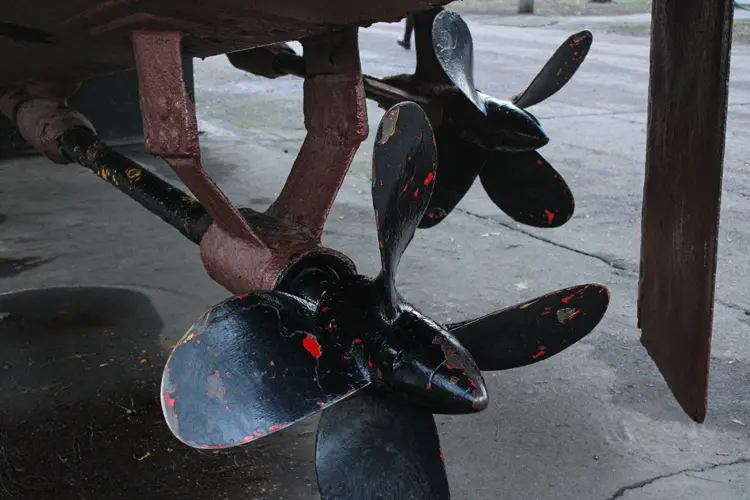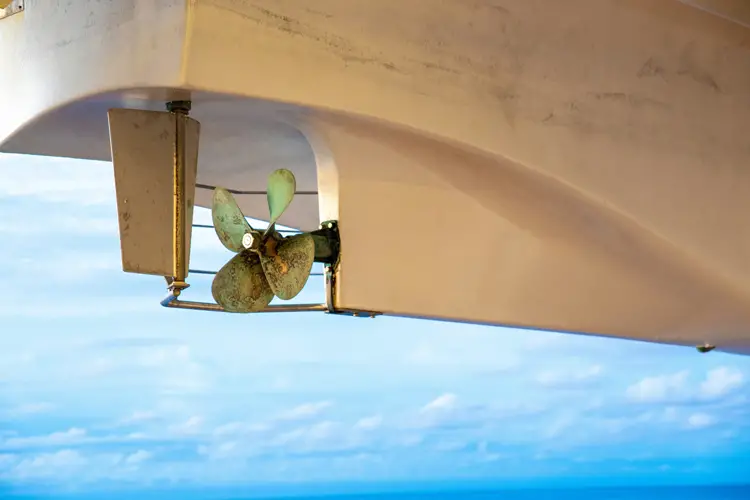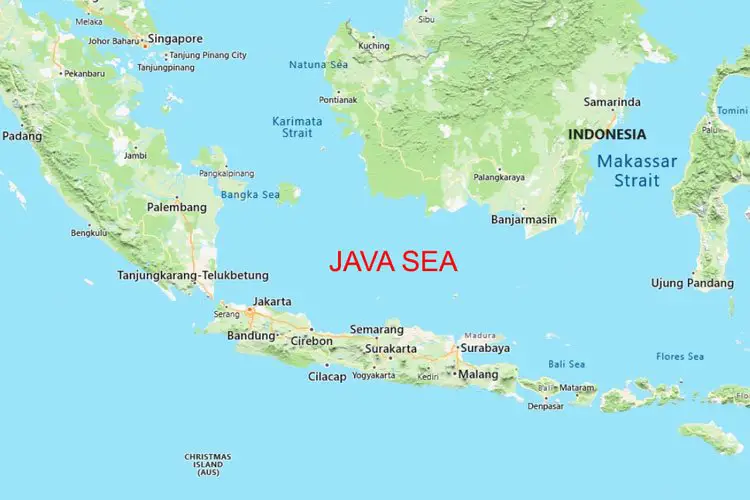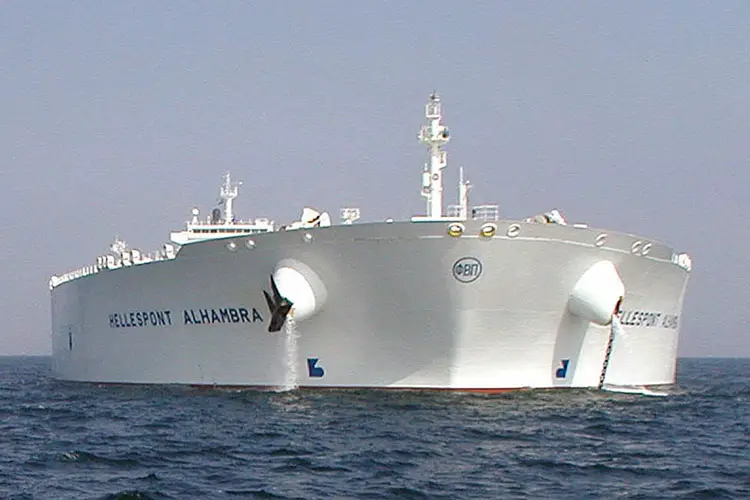25 Amazing Facts About the Indian Ocean
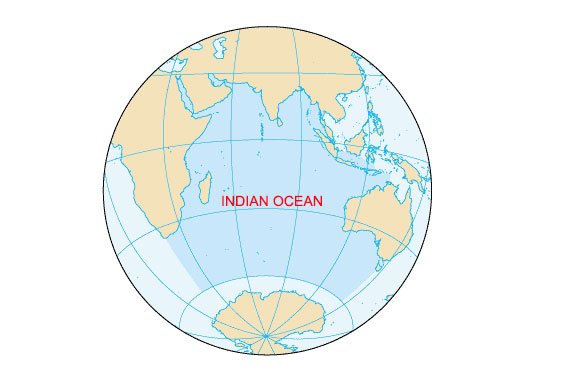
The Indian Ocean is among the three major oceans of the world. It is the 3rd largest ocean on the planet after the Pacific Ocean and the Atlantic Ocean. It is also the youngest ocean among the top three oceans of the world.
There are many unique facts about the ocean. It has many aspects like the history of its name, its discovery, biodiversity, climate, and many other facts that we will look upon.
Astounding Facts about the Indian Ocean
Some of the fascinating facts of the Indian Ocean are as follows.
1) The name “ Indian Ocean”
The main reason that the ocean got its name after a country is because it is surrounded by the Indian subcontinent. India has one of the longest coastlines and hence most of the part of the Indian ocean is around India. Just like the Arctic ocean is named because it is surrounded by the Arctic and the Antarctic ocean is near Antarctica.

2) Third largest ocean in the world
The Indian Ocean is the 3rd largest ocean on the planet, just behind the Pacific Ocean and the Atlantic Ocean. The area covered by the ocean is 70,560,000 km². The ocean stretches till India in the North, Africa to the west, Australia to the east, and Antarctica to the South. It has some large water bodies like the Arabian Sea, Bay of Bengal, Somalia Sea, Andaman Sea, and the Laccadive Sea.
3) Covers about 20% of Earth’s water surface
As mentioned above, the area covered by the Indian ocean is around 70,560,000 km² which accounts for 19.8% of Earth’s water surface. It is behind the Pacific Ocean’s 46% and Atlantic Ocean’s 29% of the water on Earth’s surface. Thus, it contains a huge amount of surface water and serves as an important waterway for many reasons. The ocean’s volume is 292,131,000 cubic kilometers.
4) Surrounded by several continents
The ocean is bounded by many continents from all four sides. Asia is to the north of the ocean. Due to the Indian ocean, a lot of countries got access to trade with India and Sri Lanka. To the south of the ocean lies Antarctica. African continent lies to the west and Australia to the east. It plays a major role in transportation as it reaches 4 different continents.
The Indian Ocean is bounded by India, Iran, Pakistan, and Bangladesh to the north; the Malay Peninsula, the Sunda Islands of Indonesia, and Australia to the east; Antarctica to the south; and Africa and the Arabian Peninsula to the west.
5) Warmest ocean in the world
The Indian Ocean is the warmest ocean in the world. Due to the rapid global warming and greenhouse effect, the rate of its warming is the fastest among all tropical oceans.
6) Limited marine life
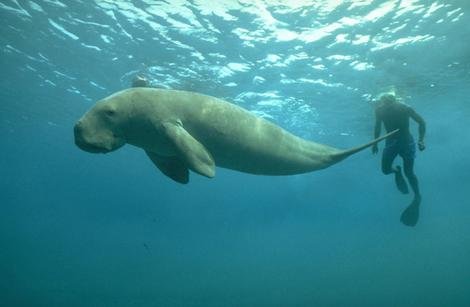
It is the 3rd largest ocean but it comes to our surprise that the Indian ocean has a limited variety of marine life. This is because of the warm physical features of the ocean. It is also economically famous for tuna fish. Many endangered species like dugongs, turtles, and seals are also found here.
7) Abundance of Phytoplankton
Due to the strong monsoon winds, the region becomes favorable for the growth of phytoplankton in large concentrations.
8) High concentration of dissolved and floating Hydrocarbons
The Indian Ocean Water possesses some unique chemical properties. High concentrations of Hydrocarbons are present in the water. They are dissolved and floating in the waters of the ocean. At maximum levels, there is a negative balance of water. This is the chemical feature found in the Indian Ocean.
9) Various Tectonic plate boundaries
Different tectonic plates are found in the Indian Ocean. There is a point called Rodrigue Triple point. It is the geological junction of three tectonic plates, which are the African plate, the Indo-Australian Plate, and the Antarctic plate. It is located in the southern part of the ocean.
10) Vital trade routes
Some of the important trade routes are present via the Indian Ocean. The Red sea and the Mediterranean sea are connected by the man-made Suez Canal. Many major routes are provided by the Indian ocean that connects Africa, the Middle East, East Asia with America and Europe. Trade of oil is significantly done via the Indian ocean. Large global container trade is done through the Silk road which comprises the Indian Ocean on its way.
11) Indian Ocean discovery
Vasco da Gama was the first European to discover India. He crossed the Cape of Good Hope and then sailed to India. Other Europeans like British, Dutch, French followed Vasco-Da-Gama to the Indian Ocean. Hence, in search of India, these people traveled through the Indian Ocean.
12) Zone of Peace
In 1971, at the United Nations General Assembly, Sri Lanka proposed that the Indian ocean be declared as a “Zone of Peace“. Then it was decided that the Indian Ocean will be considered as a “Zone of Peace”.
13) Economical activity
About 80% of seaborne trade in oil in the world is carried out through the Indian ocean. 40% of oil trade transportation is done via the Strait of Hormuz. About 35% and 8% of oil trade are carried out through the Strait of Malacca and Bab-el Mandeb strait respectively. Heavy minerals available because of beach sands are exploited by surrounding countries like Pakistan, Indonesia, India, and many others.
14) Biodiversity hotspot
Nine of Earth’s 36 biodiversity hotspots are located at Indian Ocean margins.
The Indian Ocean consists of a large variety of biodiversity. There are 36 biodiversity hotspots in the world, among which 9 are present in the Indian ocean. Areas near the ocean have hundreds of different species of plants, birds, reptiles, fishes, mammals, and amphibians. We can also see floristic regions in the coastal regions of Australia and India.
15) Low oxygen content
The ocean has the lowest oxygen content in the world. This is also the reason for the limited marine life in the ocean. Due to the increase in temperatures of oceans and pollution due to fertilizers and human sewage the oxygen content in the oceans has started decreasing.
16) Deepest point and the Highest point on the ocean
The average depth of the ocean is 3,741m. There are two trenches in the ocean. One is the Java trench, which is the deepest point of the ocean with 7,258m depth. It is located in the southern part of Java, Indonesia. The other trench is the Makran trench located to the south of Pakistan and Iran. The Piton des Neiges is considered the highest point in the Indian ocean located on Reunion Island.
17) Crucial to the oil industry
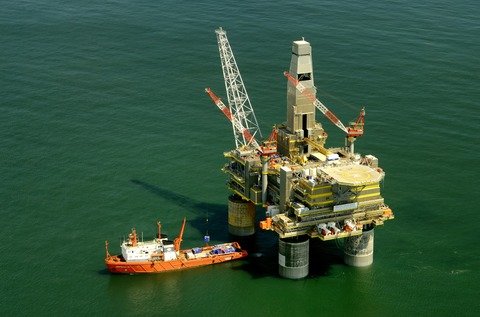
40% Oil production of the world comes from the Indian Ocean. The largest oil-producing region in the world is the Persian Gulf. It is located near Saudi Arabia.
Oil fields near Indonesia also produce oil and petroleum products. Both regions lie in the Indian ocean and they contribute to about 40% of Earth’s oil production.
18) Pollution
Due to the high volume of traffic and oil spills, the Indian Ocean suffers from ocean pollution. Regions where the oil extraction, refinement, and transport industry are set up like the Arabian sea, the Red Sea, and the Persian Gulf are some of the most polluted regions in the Indian Ocean.
19) High variation in Salinity levels
The salinity of Indian Ocean surface waters varies a lot depending on the region. While the Arabian Sea has a dense, high-salinity layer (37 parts per thousand) because of high evaporation rates the salinity in the surface layer of the Bay of Bengal is lower (32 parts per thousand) because of the huge drainage of freshwater from rivers in India.
20) The Ninety East Ridge
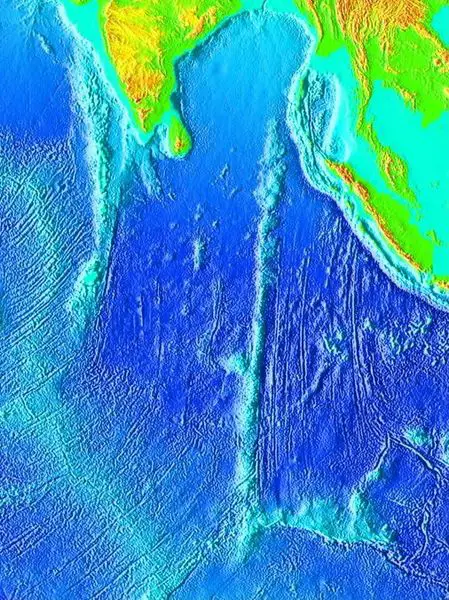
The Ninety East Ridge is a mid-ocean ridge on the Indian Ocean floor. It is named so because it’s located along the 90th meridian at the center of the Eastern Hemisphere. The ridge divides the Indian Ocean into the West and East Indian Ocean.
21) History
Even around 2500 BC, maritime trade existed between Mesopotamia and the Indus Valley civilization facilitated by the Indian Ocean.
The Indian Ocean served as the main route of trade with India for the British, French, Portuguese, Danish, and Dutch. India’s the Arabian Sea is to the west and the Bay of Bengal is to the east of the ocean. These major water bodies stretch into the Indian Ocean.
22) Climate
The climate is heavily influenced by the monsoon wind system. In the Arabian Sea, the strong monsoon brings abundant rain to the Indian subcontinent. The monsoon winds change may also bring cyclones to the Arabian Sea and the Bay of Bengal.
Other unknown facts about the Indian Ocean are
- The continent of volcanic origins called the Kerguelen Plateau is submerged under the Indian Ocean.
- The river runoff of 6000km is obtained by the Indian Ocean by major rivers of India, the Brahmaputra, and the Ganges.
- It is believed that the ocean is becoming 20cm wider each year because of climatic changes like the melting of ice caps.
- In Sanskrit texts, the Indian Ocean is named “Ratnakara” which means ” mine of gems”.
These were some of the facts about the Indian Ocean that many of us don’t know. Hope you find this helpful.
Images courtesy:


